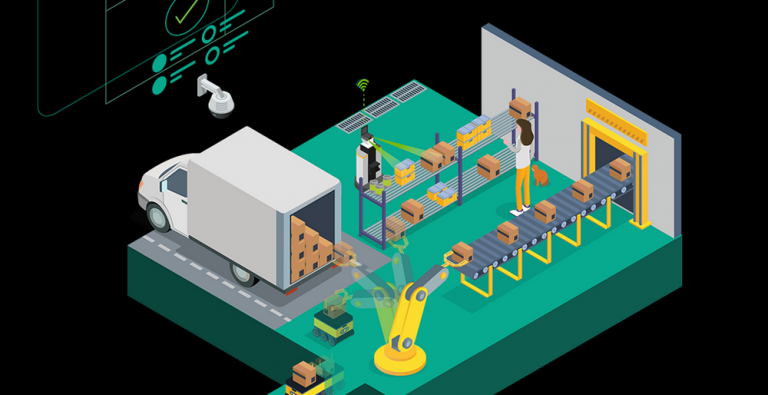 A new session from GTC shares how to use synthetic data and Fleet Command to deploy highly accurate and scalable models.
A new session from GTC shares how to use synthetic data and Fleet Command to deploy highly accurate and scalable models.
The retail supply chain is complex and includes everything from creating a product, distributing it, putting it on shelves in stores, to getting it into customer hands. Retailers and Consumer Packaged Goods (CPG) companies must look at the entire supply chain for critical gaps and problems that can be solved with technology and automation. Computer vision has been implemented by many of these companies for years, with cameras distributed in their stores, warehouses, and on assembly lines. This is where edge computing comes in, AI applications can be run in remote locations that allow companies to turn these cameras from sources of information to sources of intelligence. With AI, these cameras can turn from sources of information to sources of intelligence. Whether providing in-store analytics to help evaluate traffic patterns and optimize product placement, to improving packaging detection and analysis, and overall health and safety within warehouses.
The challenge with computer vision applications in the retail space is the heavy data requirement that is needed to ensure AI models are accurate and safe. Once trained, these models then need to be deployed to many locations at the edge, often without the IT resources onsite. Kinetic Vision has partnered with NVIDIA to develop a new solution to this problem that allows retailers and CPG companies to generate accurate models, and scale them out at the edge.
Solving the challenge of data is key to enabling the training of AI models using NVIDIA tools like the DeepStream SDK and Transfer Learning Toolkit (TLT). With a Synthetic Data Generator, Kinetic Vision not only produces data volume, but also with the required variances to ensure the model will perform in any environment. Numerous angles, lighting, backgrounds, and product types can be generated quickly and easily using different methods including GANs, simulated sensor data (LIDAR, RADAR, IMU), photorealistic 3D environment, synthetic x-rays, and physics simulations.
The synthetic data is then used to train a model that can be tested in a digital twin, a virtual representation of the warehouse, supply line, store, or whatever environment the model will be deployed. Using the synthetic data and the digital twin, Kinetic Vision can train, simulate, and re-train the model to achieve the required level of accuracy.
Once the AI model has achieved the desired level of performance, it must be tested in the real world. This is where NVIDIA Fleet Command comes in. Fleet Command is a hybrid-cloud platform for deploying and managing AI models at the edge. The pre-trained model is simply loaded into the NGC catalog and then deployed on the edge system using the Fleet Command UI in just a few clicks. Once deployed at the edge, the model can continue to be optimized with real world data sent back from the store or warehouse. These updates are once again easily deployed and managed using Fleet Command.
The advantages of this new approach to creating retail computer vision applications include both ROI and technological benefits. The cost of developing an AI model with a digital twin is easily 10 percent the time and cost required to do the same thing in a physical environment. With the digital twin, testing can be done without physical infrastructure or requiring production interruptions. Additionally, new products and product variations can be easily accommodated without requiring inventory photography that must be manually annotated. Finally, the digital twin results in a generalized and scalable model that still provides the accuracy required for production deployment.
To learn more about how to use synthetic data and Fleet Command to deploy highly accurate and scalable models, check out the GTC session “Novel Approach to Deploy Highly Accurate AI Retail Computer Vision Applications at the Edge“.
